Affiliate links on Android Authority may earn us a commission. Learn more.
I installed Windows on my iPad so you don't have to
Published onApril 23, 2023

A Mac-running iPad has been a pipedream for Apple enthusiasts like me ever since the first iPad was announced. Why? It’s all about productivity — that often unquantifiable metric that can lead to a dog-headed pursuit of shoehorning software solutions as a bandage. But I digress. When I pitched this article to my editor a few months ago, I was excited at the possibility of running Windows on my M1-powered iPad Air. Finally, my reasonably productive machine would become a lot more productive. As the resident tinkerer, getting Windows virtualized on my iPad thrilled me. Moreover, the few videos floating around forums like Reddit showed me that like-minded enthusiasts had been successful at achieving it. It made it look worth the time and effort.
Running Windows on an iPad is a cautionary tale of trying to sidestep Apple's carefully arranged garden.
Fast forward to today. After more than a dozen attempts at getting Windows running on my M1-powered iPad Air, I finally managed it. It’s taken way longer than it should have taken me to pen down this article. (Sorry, Rita.) But, what follows is a cautionary tale of what happens when you try to step out of Apple’s beautifully manicured walled garden. Follow at your own peril.
Why would I run Windows on an iPad?
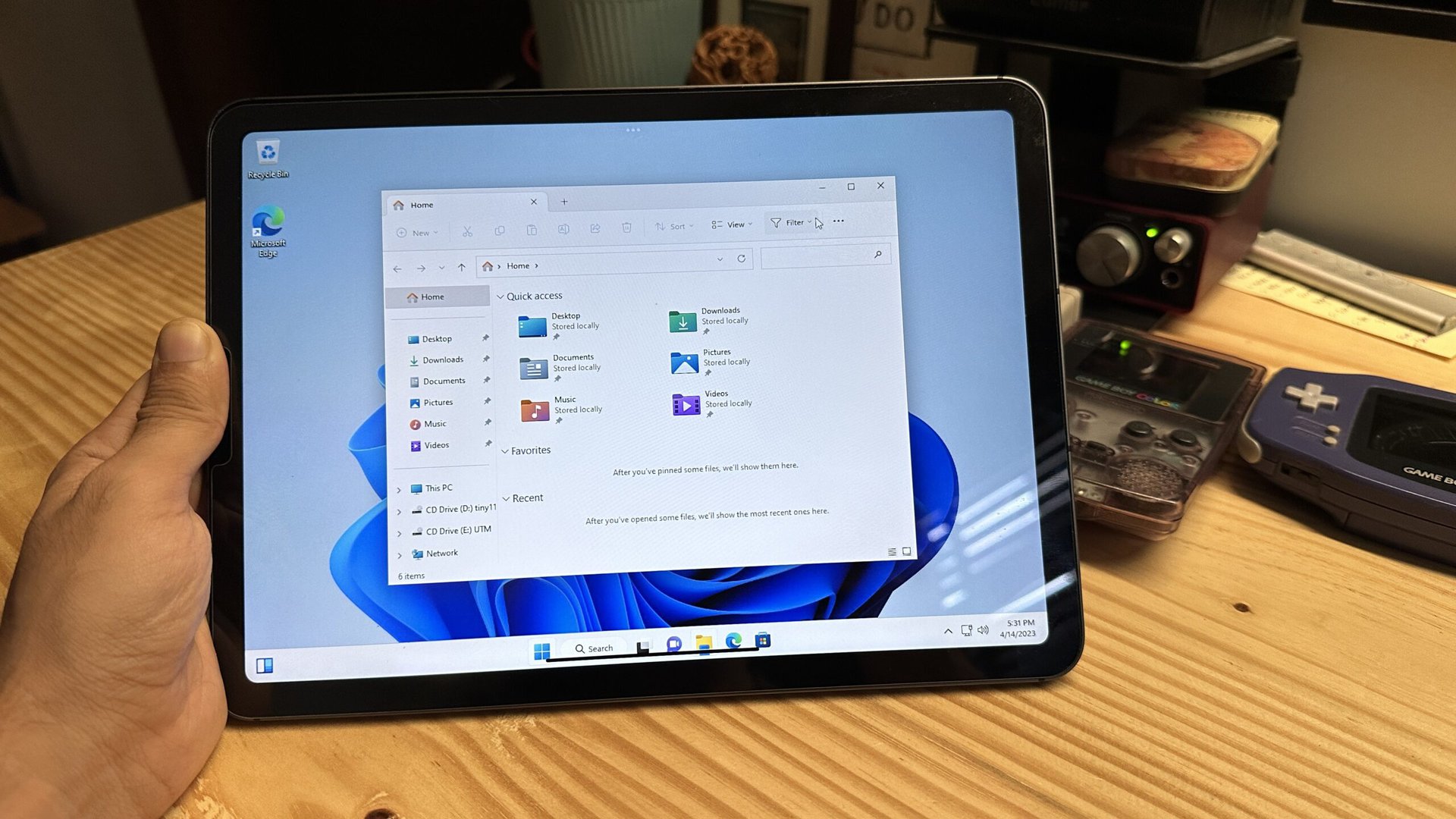
As an inquisitive engineer-turned-writer, my primary reason for getting Windows on an iPad was the sheer ability to. It’s why I ran Doom on a Ti calculator in college, and full-blown Linux on an iPod. That said, I did have a use case or two that I could think up for trying to get the Microsoft Surface experience on an iPad.
My reasons to run Windows on an iPad mostly revolved around one thing — just because I can.
I use a few applications that don’t have a Mac equivalent. For the last few years, I’ve had my Windows server running headless in a storage closet in the basement. I often run a Remote Desktop app on my iPad to check into my Windows machine. It does the job, but it’s far from infallible. Being able to run Windows on my iPad would let me access those apps for any one-off situations when I need Windows access and internet access is less than reliable. Of course, even a cheap Windows laptop would probably solve that problem, but that would mean carrying another machine with me. Plus, it just wouldn’t be as cool. Would it?
How do you get Windows running on an iPad?
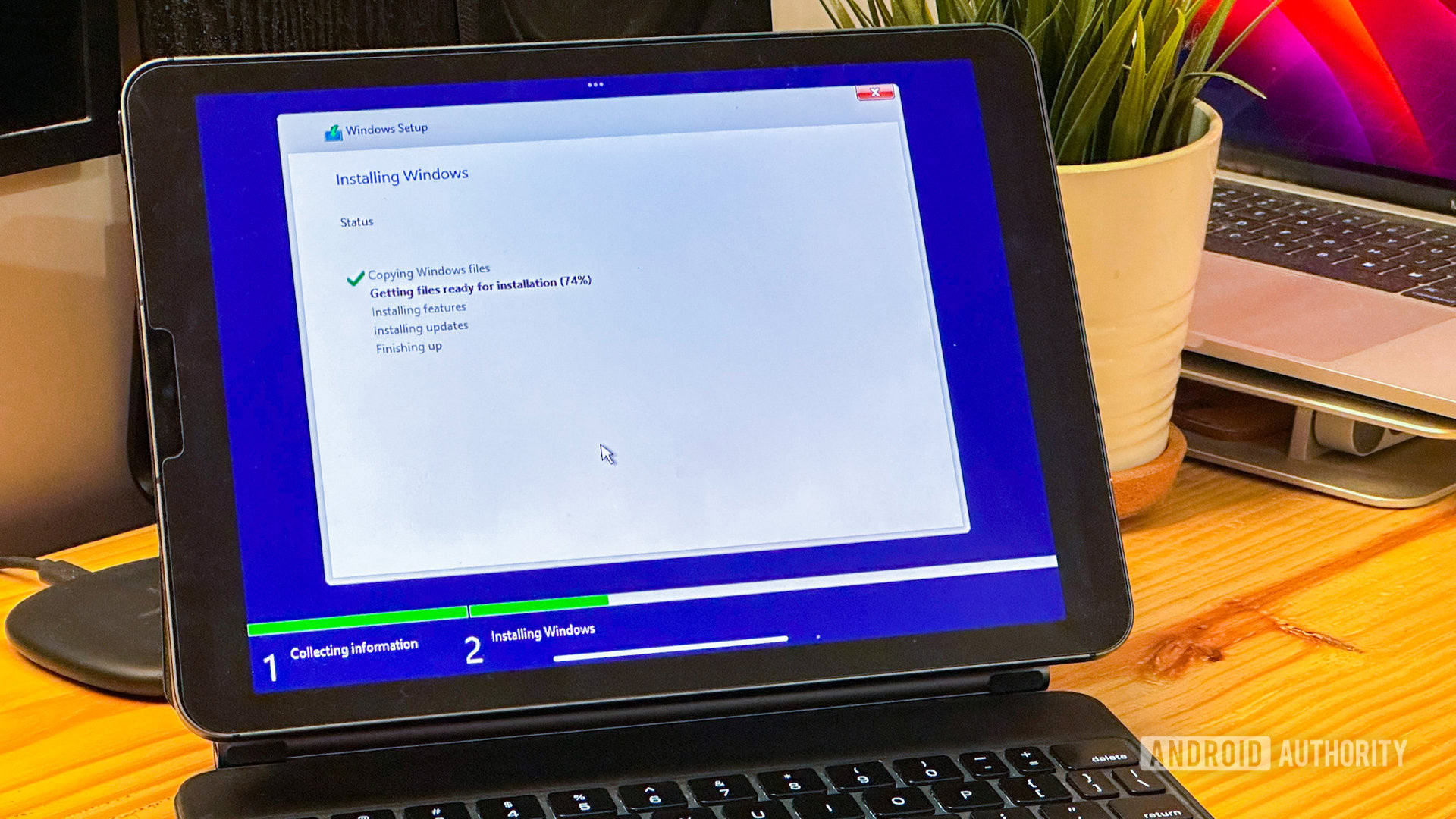
The simple answer is — you don’t. The more complicated answer is that you run Windows on top of iPad OS using virtualization. But there’s a catch. Most videos floating around online were shot with an iPad on iOS 15. Since then, Apple has blocked a loophole that allowed access to the hypervisor. A hypervisor is, put simply, a piece of software that lets you virtualize another piece of software with near-native-level performance.
Apple made moves to stop people from installing Windows on their iPad, but that wasn't going to stop me.
Anyway, the more convoluted approach wasn’t going to hold me back. There are still two more ways to get Windows on the iPad. I used AltServer to install UTM, a virtualization software, and then enabled JIT translation using the accompanying app. JIT or Just in Time Translation lets the iPad compute software instructions in real time. This wouldn’t be as fast as having access to the hypervisor because of the computational overhead involved, but it should be serviceable. I’m not new to virtual machines and usually have a bunch of Linux distros ready to spin up should I need them, and I was aware of the kind of performance to expect.
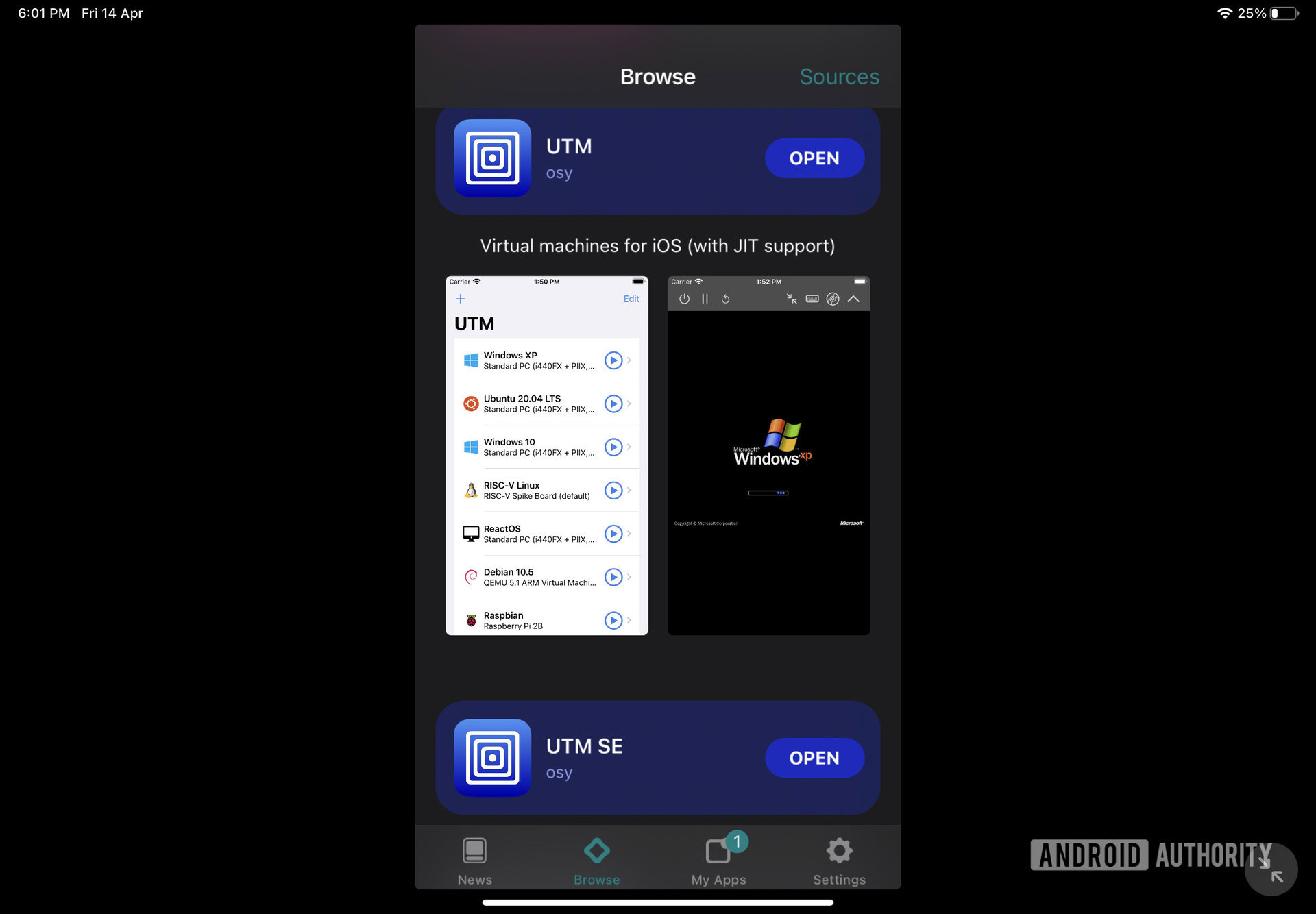
Another version of UTM exists that works without JIT compilation — UTM SE. But for our purposes, that would be slower than a slide show. Not worth the effort.
Finding a copy of Windows for ARM is more complicated than you'd imagine.
The next obvious step would be to grab a copy of Windows 11 for ARM. This was supposed to be an easy enough process. However, Microsoft no longer offers an ISO file for its operating system. Instead, the go-to process is to head over to a website like UUP dump, create an installation script, and then stream the operating system file from Microsoft’s servers to reconstruct it on the desktop.
As someone generally very comfortable working in a terminal, this was just another annoyance but not a dealbreaker. Boy, was I mistaken! It took me days of tinkering in the terminal, installing dependencies, and more to try and grab the ISO file. And it still didn’t work. You’d expect anyone to give up by this point. But no, I’d come so far, there was no way I was giving up.
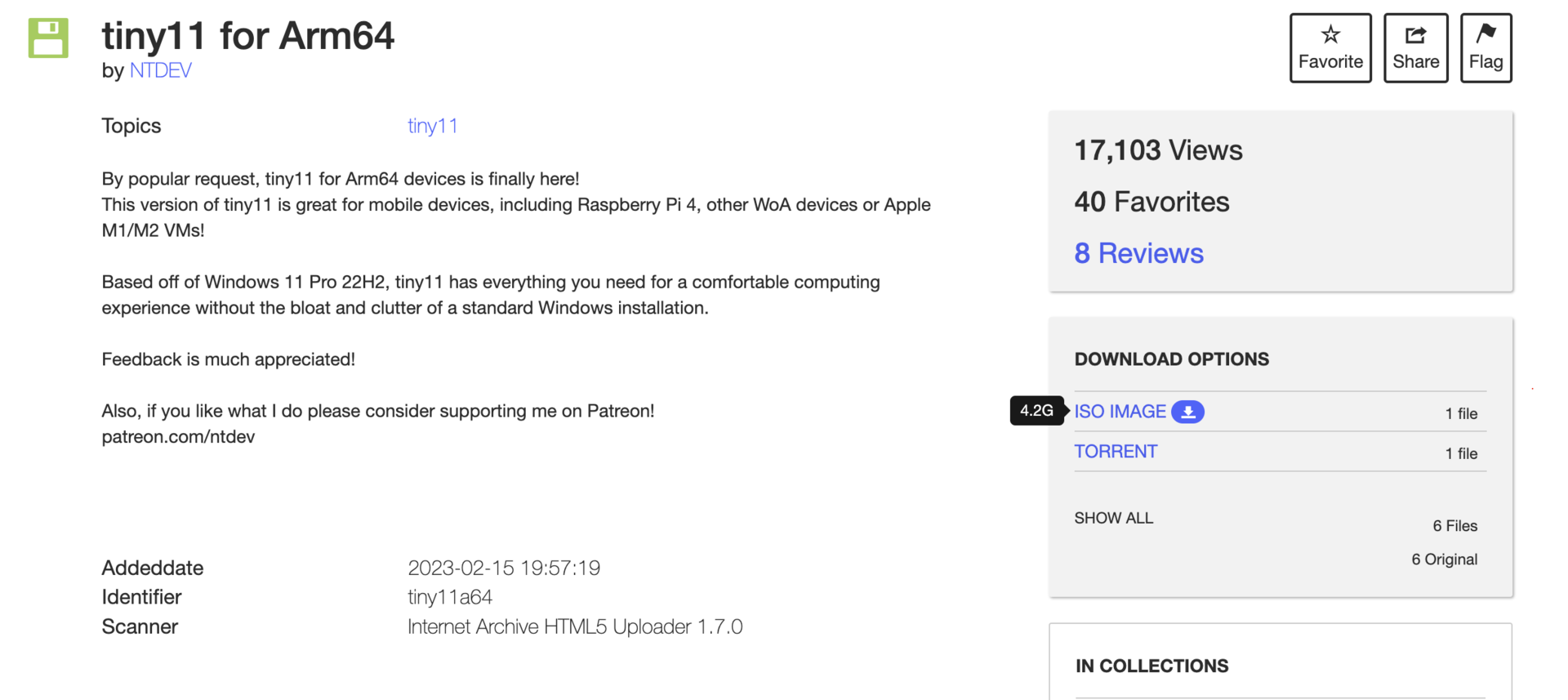
This is when I turned to archive.org and downloaded a copy of Tiny 11. The operating system claims to be a debloated version of Windows bereft of all cruft and designed to work on low-powered machines. Normally I’d advise avoiding any modified operating system, but I wasn’t opposed to it in this situation since this was a virtual machine on an iPad. There was no risk of running into a virus or system corruption. A few hours and a dozen or so attempts later, I got it running.
So, what can you do with Windows on an iPad?
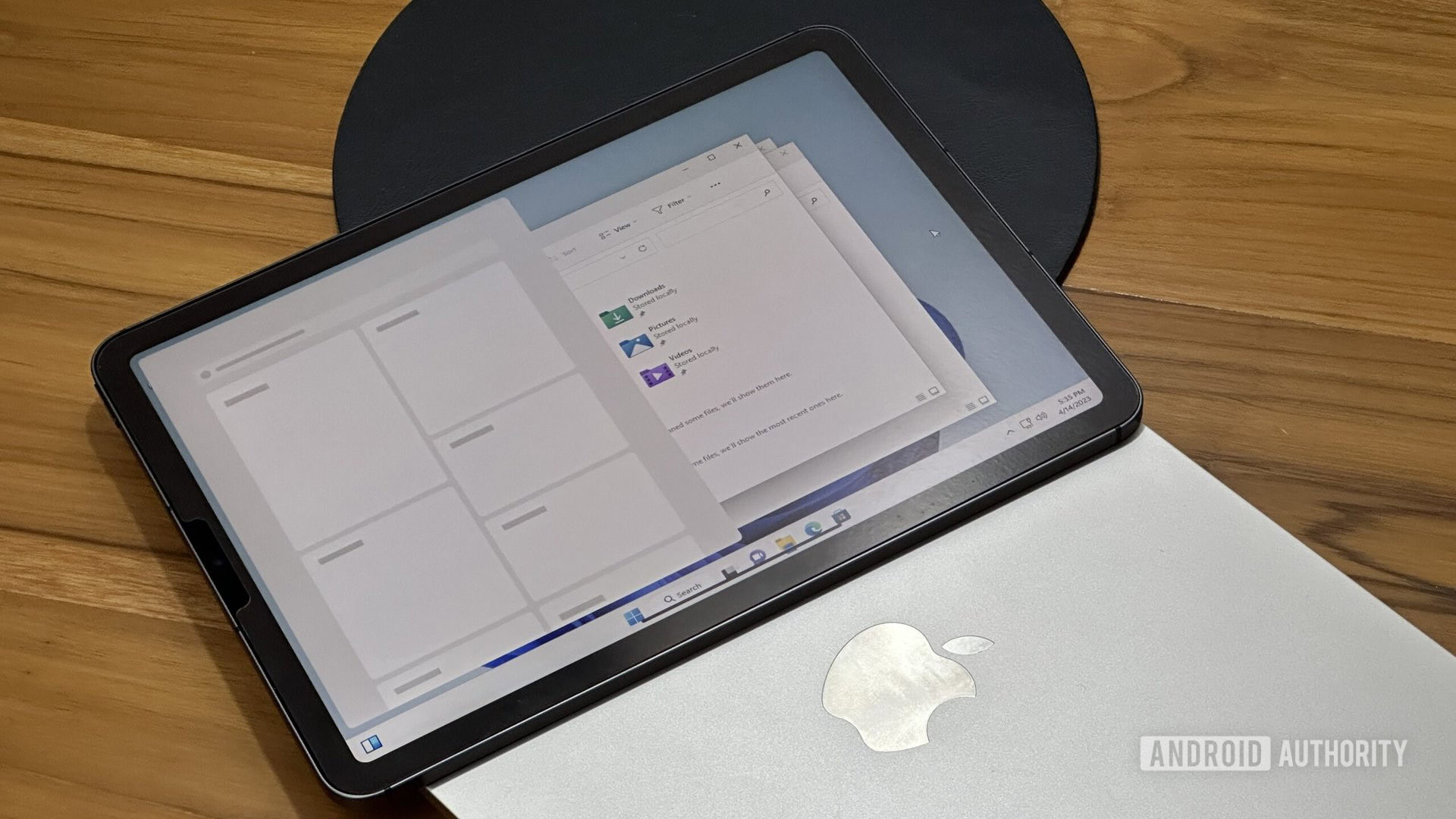
Nothing.
I could just leave it at that and end this feature, but it wouldn’t be much of a story if I did. So here’s the real deal. If, like me, you’re on the latest software version of the iPad, the performance just isn’t there to get much of anything done. I managed to get the browser working. File system access and installing apps works too. But accomplishing any task takes minutes, and several minutes at that. So, yeah, it works but is so slow that you can’t do much of anything on it.
Windows on an updated iPad works, but is too slow to be of any use.
Sure, you can downgrade your iPad to iOS 15 and regain access to the hypervisor. That would allow for near-native performance of Windows on your iPad. However, how many would want to downgrade their iPad experience to shoehorn Windows onto it? You might as well pick up a dedicated Windows machine at that point.
Should you bother running Windows on an iPad?
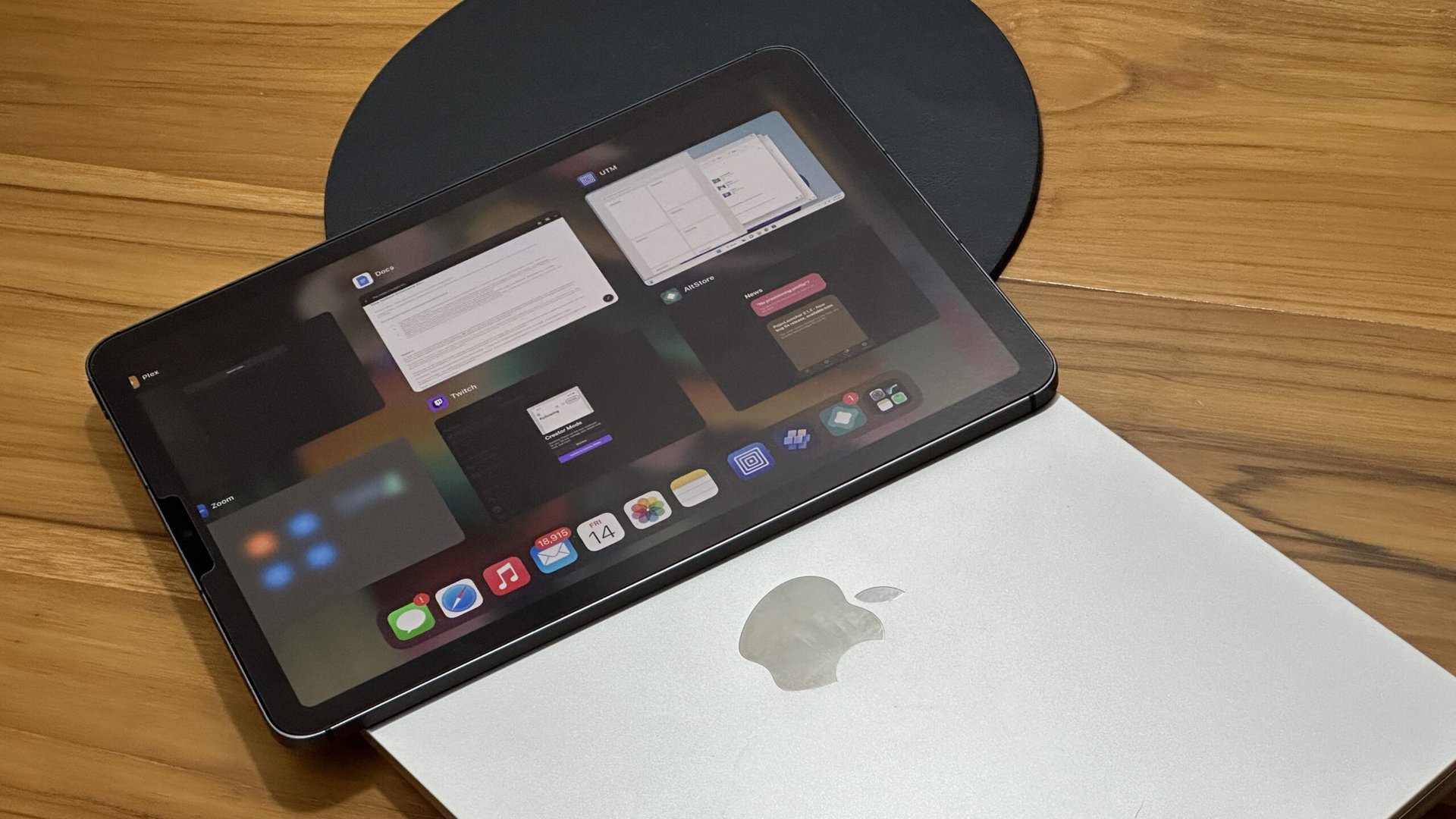
For all my efforts and time spent on this endeavor, I wouldn’t call it a failure. As a tinkerer at heart, I got to try out something fun and did, in fact, get Windows running on an iPad. However, the efforts involved and lacking experience made it amply clear that Apple has gone out of its way to ensure you can’t get very far with it. Call it a fun experiment, if you will, but you won’t be doing much with a virtualized copy of Windows on your iPad.